Home>Garden Essentials>Why Was The Norfolk Four Crop Rotation System
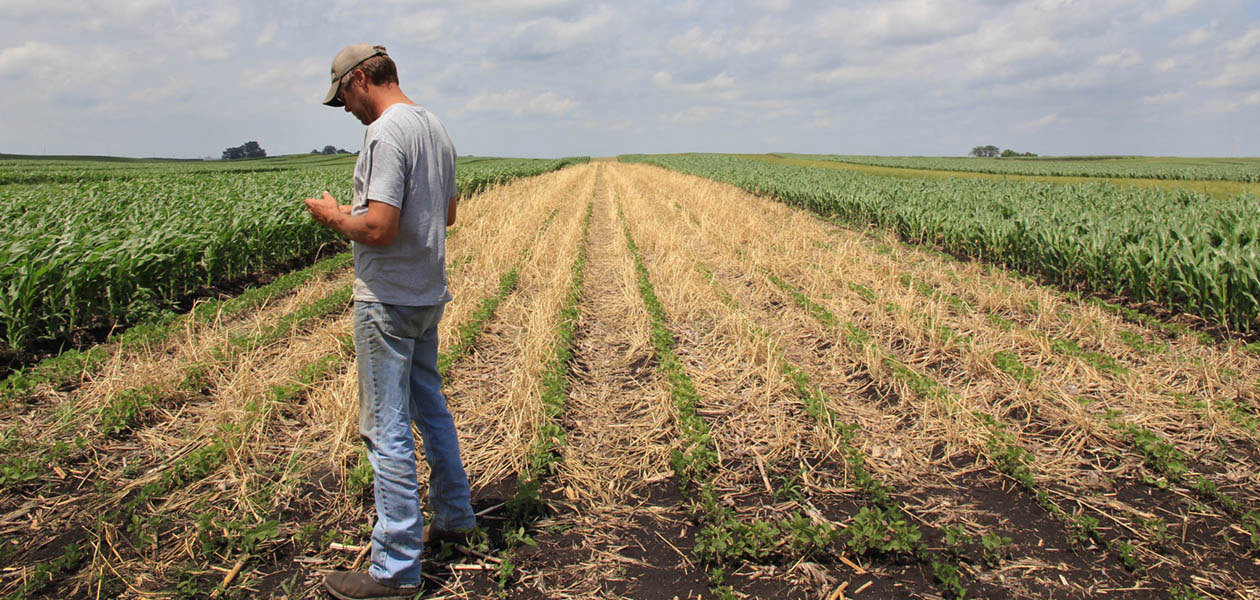

Garden Essentials
Why Was The Norfolk Four Crop Rotation System
Modified: March 15, 2024
Learn about the Norfolk Four Crop Rotation System and how it can revolutionize your garden. Discover the benefits of this sustainable gardening technique.
(Many of the links in this article redirect to a specific reviewed product. Your purchase of these products through affiliate links helps to generate commission for Storables.com, at no extra cost. Learn more)
Introduction
The Norfolk Four Crop Rotation System, also known as the Norfolk Crop Rotation, is a traditional farming practice that dates back centuries. The system originated in Norfolk, England, and has since been adopted and modified by farmers around the world. It is a method of growing different crops in a specific sequence on the same piece of land over a period of four years.
The Norfolk Four Crop Rotation System was developed as a response to the need to replenish soil nutrients and prevent soil degradation. Before the introduction of this system, farming practices often led to poor soil quality, reduced crop yields, and increased vulnerability to pests and diseases.
Through the implementation of the Norfolk Four Crop Rotation System, farmers are able to maintain the productivity of the land while minimizing the use of synthetic fertilizers and pesticides. This method is not only environmentally friendly, but also economically sustainable, as it reduces production costs and increases the overall yield of crops.
Over time, the Norfolk Four Crop Rotation System has proven to be effective in improving soil fertility, enhancing crop quality, and promoting long-term agricultural sustainability. In this article, we will explore the origins of the crop rotation system, its advantages, how it is implemented, and the impact it has on agriculture.
Key Takeaways:
- The Norfolk Four Crop Rotation System, originating in Norfolk, England, improves soil fertility, reduces reliance on chemicals, and increases crop yields, promoting sustainable and eco-friendly farming practices.
- By rotating crops in a specific sequence over a four-year cycle, farmers can maintain soil health, reduce pests and diseases, and increase profits while benefiting the environment and promoting long-term agricultural sustainability.
Read more: What Is Four-Crop Rotation?
Origins of the Crop Rotation System
The practice of crop rotation has been used for centuries in various forms, but the Norfolk Four Crop Rotation System specifically originated in Norfolk, England, during the 18th century. It was developed by innovative farmers who recognized the need to improve soil fertility and crop yields.
Prior to the implementation of the Norfolk Four Crop Rotation System, farmers relied on traditional methods of continuous cropping. This means that the same crop was planted year after year on the same piece of land. Over time, this practice depleted the soil of essential nutrients, leading to lower crop yields and increased susceptibility to pests and diseases.
To address these issues, farmers in Norfolk devised a system that involved rotating four different crops on a specific plot of land over a four-year cycle. The four crops included root crops, cereal crops, legumes, and fallow or pasture plants. Each crop had distinct properties that contributed to the overall improvement of soil fertility.
Root crops, such as turnips or beets, were planted first in the rotation. These crops helped break up compacted soil, allowing for better water infiltration and root penetration. They also added organic matter to the soil when harvested.
The second year of the rotation involved planting cereal crops, such as wheat or barley. These crops were known for their ability to utilize different nutrients, thereby preventing nutrient imbalances in the soil. Additionally, cereal crops reduced weed growth, as they formed a dense canopy that shaded out competing plants.
In the third year, legumes like peas or beans were planted. Legumes are unique in that they have the ability to fix nitrogen from the atmosphere and convert it into a form that can be used by plants. This natural nitrogen fixation process replenished the soil’s nitrogen levels, reducing the need for synthetic fertilizers.
Finally, in the fourth year, the plot of land was left fallow or planted with pasture plants. This allowed the soil to rest and rejuvenate, replenishing its nutrient levels and reducing the buildup of pests and diseases.
The Norfolk Four Crop Rotation System revolutionized farming practices by providing a sustainable method to maintain soil fertility and improve crop yields. Its success led to the adoption of similar crop rotation systems around the world, shaping modern agricultural practices and contributing to the overall advancement of agriculture.
Advantages of Crop Rotation
The Norfolk Four Crop Rotation System offers a range of advantages for farmers and the environment. Let’s explore some of the key benefits:
- Improves Soil Fertility: Crop rotation helps to replenish the soil with essential nutrients. Different crops have varying nutrient requirements, so by rotating crops, farmers can prevent nutrient depletion and maintain the overall fertility of the soil. This leads to healthier plants and higher crop yields.
- Reduces Soil Erosion: Continuous cropping can lead to soil erosion as the same crop removes the same nutrients from the soil year after year. However, by rotating crops, particularly with cover crops or deep-rooted plants, soil erosion is minimized. These crops stabilize the soil, prevent runoff, and improve its structure.
- Natural Weed Control: Crop rotation helps control weeds naturally. Different crops have different growth patterns and characteristics. By rotating crops, farmers can disrupt the life cycle of weeds, making it harder for them to establish and spread. This reduces the reliance on chemical herbicides.
- Pest and Disease Management: Continuous cropping can lead to an accumulation of pests and diseases that specifically target a particular crop. However, by rotating crops, farmers can break the life cycle of pests and interrupt disease cycles. This helps to reduce the prevalence of pests and diseases, resulting in healthier plants and reduced pesticide use.
- Nitrogen Fixation: Leguminous crops, such as peas and beans, have the unique ability to fix nitrogen from the atmosphere. This process, known as nitrogen fixation, enriches the soil with this essential nutrient, reducing the need for synthetic fertilizers. It not only saves costs but also reduces the environmental impact associated with the production and use of fertilizers.
- Improved Water Management: Different crops have different water requirements. By rotating crops, farmers can optimize water usage. For example, crops with deep root systems can tap into deeper water sources, preventing waterlogging in the soil. This helps to improve water management and conserve water resources.
- Economic Benefits: Crop rotation can be economically advantageous for farmers. By maintaining soil fertility, crop yields are increased, resulting in higher profits. Additionally, reduced reliance on synthetic fertilizers and pesticides cuts production costs, leading to improved financial sustainability.
The advantages of the Norfolk Four Crop Rotation System offer a holistic approach to farming. It not only optimizes crop production but also fosters environmental sustainability, making it a valuable practice for modern agriculture.
The Norfolk Four Crop Rotation System
The Norfolk Four Crop Rotation System is a specific method of crop rotation that involves the sequential cultivation of four different crops on the same piece of land over a four-year cycle. This system was developed in Norfolk, England, during the 18th century and has gained widespread adoption among farmers due to its effectiveness in improving soil fertility and crop yields.
The four crops included in the rotation are root crops, cereal crops, legumes, and fallow or pasture plants. Each crop plays a crucial role in maintaining soil health and productivity.
- Root Crops: In the first year of the rotation, root crops like turnips or beets are cultivated. These crops have deep root systems that help break up compacted soil, improve soil structure, and increase water infiltration. Additionally, when harvested, root crops contribute organic matter to the soil, enriching it with essential nutrients.
- Cereal Crops: The second year of the rotation involves planting cereal crops like wheat or barley. These crops have strong root systems and tall canopies that provide shade, effectively reducing weed growth. Cereal crops also help balance soil nutrients by utilizing different nutrient profiles, preventing nutrient imbalances and maintaining soil fertility.
- Legumes: On the third year, leguminous crops such as peas or beans are grown. Legumes have a special ability to fix nitrogen from the air through a symbiotic relationship with nitrogen-fixing bacteria in their root nodules. This process replenishes the soil’s nitrogen levels, reducing the need for synthetic fertilizers and promoting sustainable agriculture.
- Fallow or Pasture Plants: In the final year of the rotation, the land is left fallow or planted with pasture plants. This allows the soil to rest and regenerate, replenishing its nutrient levels and reducing the buildup of pests and diseases. Fallow periods are essential for restoring the soil’s fertility and improving its overall health.
The Norfolk Four Crop Rotation System is not limited to these four crops alone. Farmers may adapt the system to include additional crops, depending on their specific agricultural needs and regional conditions.
By rotating crops in this structured manner, farmers can minimize soil erosion, control pests and diseases, optimize nutrient cycling, and conserve water resources. The system promotes sustainable agricultural practices by reducing the reliance on synthetic inputs and improving soil health over time.
Furthermore, the Norfolk Four Crop Rotation System offers benefits for crop diversity, as each crop provides unique qualities and contributes to a balanced agricultural ecosystem. This reduces the risk of crop failure and increases overall resilience against external factors such as climate variability or pests specific to a single crop.
The Norfolk Four Crop Rotation System has become a cornerstone of modern sustainable farming, demonstrating its value in preserving soil fertility, enhancing crop quality, and promoting long-term agricultural sustainability.
The Norfolk Four Crop Rotation System was developed to improve soil fertility and increase crop yields. It involves rotating crops such as wheat, turnips, barley, and clover to prevent soil depletion and maintain productivity.
Implementation of the Norfolk Four Crop Rotation System
The implementation of the Norfolk Four Crop Rotation System requires careful planning and adherence to the specific sequence of crops over a four-year cycle. Here are the key steps involved in implementing this rotation system:
- Planning: Before embarking on the Norfolk Four Crop Rotation System, farmers need to carefully plan the layout of their fields and determine the size and boundaries of each plot. This planning stage involves considering factors such as soil type, drainage, sunlight exposure, and accessibility.
- Selection of Crops: Once the plots have been defined, farmers need to select the four crops that will make up the rotation sequence. It is important to choose crops that are well-suited to the local climate, market demand, and specific soil conditions. Farmers may also consider incorporating cover crops or cash crops that align with their agricultural goals.
- Rotational Sequence: The Norfolk Four Crop Rotation System follows a specific sequence of crops: root crops, cereal crops, legumes, and fallow or pasture plants. Each crop is grown for one year before moving on to the next in the cycle. It is crucial to stick to this sequence to maximize the benefits of the rotation system.
- Field Preparation: Prior to planting each crop, proper field preparation is essential. In the case of root crops, the soil needs to be tilled and loosened to create a suitable environment for root development. For cereal crops, soil may require leveling and fertilization. Legumes may benefit from inoculation with nitrogen-fixing bacteria to enhance nitrogen fixation abilities.
- Planting and Cultivation: Once the fields are prepared, farmers can proceed with planting each crop according to the rotation schedule. It is important to follow best practices for seed spacing, depth, and timing. Throughout the growing season, regular cultivation, irrigation, and pest management practices are implemented to ensure optimal crop growth and health.
- Harvesting and Residue Management: As each crop reaches maturity, it is harvested according to its specific requirements. Root crops, for example, are typically harvested by pulling or digging them out of the ground. Post-harvest residue management, such as incorporating crop residues into the soil or using them as organic mulch, helps improve soil organic matter content and nutrient availability.
- Transitioning: At the end of the four-year rotation cycle, the process starts again, with the first plot transitioning to the next crop in the sequence. This ensures that each plot receives the different benefits provided by the crops in the rotation system, enabling sustained soil fertility and agricultural productivity.
Effective implementation of the Norfolk Four Crop Rotation System requires regular monitoring of crop growth, nutrient levels, and soil health. Farmers may also need to adapt the rotation system based on specific challenges, such as weed infestations or disease outbreaks, by incorporating additional management practices.
Overall, the successful implementation of the Norfolk Four Crop Rotation System relies on careful planning, adherence to the rotational sequence, and consistent monitoring and management practices. When executed properly, this rotation system can help farmers achieve sustainable and productive agricultural systems.
Impact of the Norfolk Four Crop Rotation System
The Norfolk Four Crop Rotation System has had a significant impact on agriculture, offering multiple benefits for both farmers and the environment. Let’s explore the key impacts of this rotation system:
Improved Soil Health: One of the most notable impacts of the Norfolk Four Crop Rotation System is the improvement in soil health. By rotating crops, the system helps to maintain soil fertility and structure, prevent nutrient depletion, and reduce soil erosion. This results in healthier soils that can support better crop growth and yield over the long term.
Increased Crop Yields: The rotation system has been shown to increase crop yields significantly. By replenishing soil nutrients and minimizing nutrient imbalances, each crop in the rotation sequence contributes to optimal plant growth and productivity. As a result, farmers can achieve higher crop yields, leading to increased profits and improved food security.
Reduced Dependency on Synthetic Inputs: The Norfolk Four Crop Rotation System reduces farmers’ dependence on synthetic fertilizers and pesticides. By incorporating leguminous crops, the system enhances natural nitrogen fixation, reducing the need for nitrogen-based fertilizers. Additionally, the rotation system helps manage pests and diseases naturally, minimizing the use of chemical pesticides. This reduces production costs and environmental impacts associated with the use of synthetic inputs.
Sustainable Weed Management: Crop rotation disrupts the life cycle of weeds and helps control them naturally. Different crops have different growth patterns and characteristics, making it challenging for weeds to establish and spread. The rotation system helps reduce weed pressure, minimizing the need for herbicides. This promotes more sustainable weed management practices while reducing chemical inputs.
Biodiversity Promotion: The Norfolk Four Crop Rotation System promotes biodiversity on farms. By diversifying crops and creating a balanced agricultural ecosystem, the system provides habitat and food sources for a wider range of beneficial insects, birds, and soil organisms. This leads to increased biodiversity, improved pollination, and natural pest control, contributing to a more ecologically sustainable agricultural landscape.
Water Conservation: The rotation system optimizes water usage and helps conserve water resources. Different crops have varying water requirements, and by rotating crops, farmers can better match these requirements with available water resources. Additionally, proper soil management practices promoted by the rotation system, such as cover crops and improved soil structure, help reduce water evaporation and runoff, leading to more efficient water use.
Long-Term Agricultural Sustainability: Perhaps the most significant impact of the Norfolk Four Crop Rotation System is its contribution to long-term agricultural sustainability. By improving soil health, increasing crop yields, reducing synthetic inputs, and promoting biodiversity, the rotation system helps farmers maintain a balance between productivity and environmental stewardship. This ensures the long-term viability of agricultural systems, enhancing food security and supporting the overall health of ecosystems.
The Norfolk Four Crop Rotation System has proved to be a valuable agricultural practice, balancing the economic needs of farmers with environmental sustainability. Its impacts reach beyond individual farms, positively influencing soil health, water resources, and biodiversity at a broader landscape level.
Conclusion
The Norfolk Four Crop Rotation System has played a crucial role in revolutionizing agriculture by improving soil fertility, increasing crop yields, and promoting sustainable farming practices. This centuries-old practice, originating in Norfolk, England, has become a cornerstone of modern agricultural sustainability.
By rotating crops in a specific sequence over a four-year cycle, farmers are able to maintain soil health and fertility while reducing the reliance on synthetic fertilizers and pesticides. The system improves soil structure, prevents nutrient depletion, reduces soil erosion, and promotes natural pest control and weed management.
The Norfolk Four Crop Rotation System not only benefits farmers economically by increasing crop yields and reducing production costs, but it also contributes to environmental sustainability. The system conserves water resources, enhances biodiversity, and minimizes the negative impacts of chemical inputs on ecosystems.
Furthermore, the rotation system promotes long-term agricultural sustainability. By balancing productivity and environmental stewardship, farmers can ensure the viability of their agricultural systems for future generations. The system provides resilience against climate variability, pest outbreaks, and nutrient imbalances, fostering food security and stability in the face of changing conditions.
Adopting the Norfolk Four Crop Rotation System requires careful planning, adherence to the rotational sequence, and regular monitoring of soil health and crop growth. Farmers must consider factors such as soil type, climate, market demand, and specific agricultural goals in order to implement the system effectively.
In conclusion, the Norfolk Four Crop Rotation System has proven to be a valuable and time-tested approach to sustainable farming. Its numerous benefits, including improved soil health, increased crop yields, reduced dependency on synthetic inputs, and enhanced biodiversity, make it an essential practice for modern agriculture. By implementing this rotation system, farmers can contribute to a more resilient and sustainable agricultural future.
Frequently Asked Questions about Why Was The Norfolk Four Crop Rotation System
Was this page helpful?
At Storables.com, we guarantee accurate and reliable information. Our content, validated by Expert Board Contributors, is crafted following stringent Editorial Policies. We're committed to providing you with well-researched, expert-backed insights for all your informational needs.
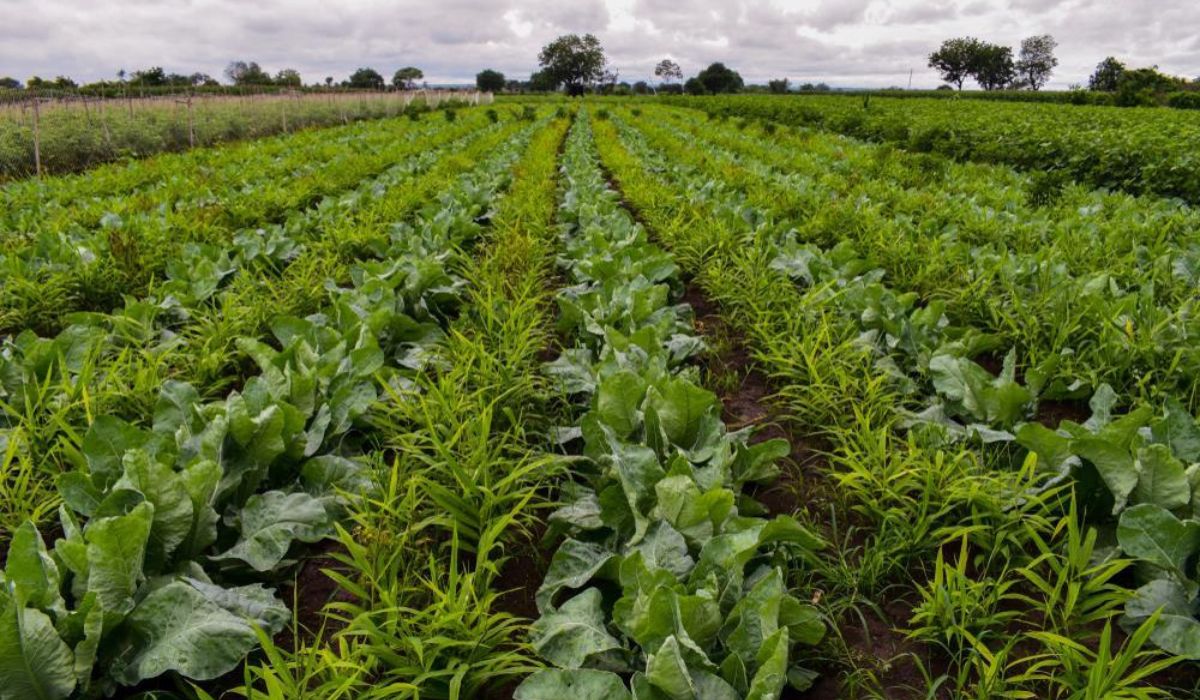

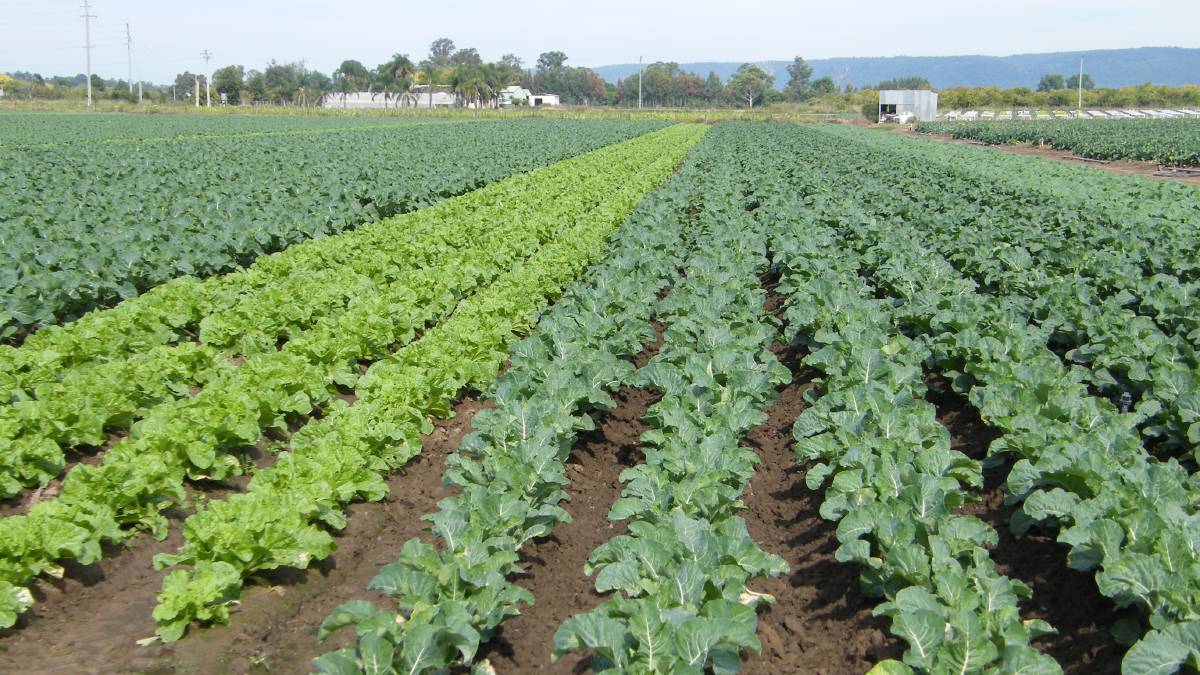
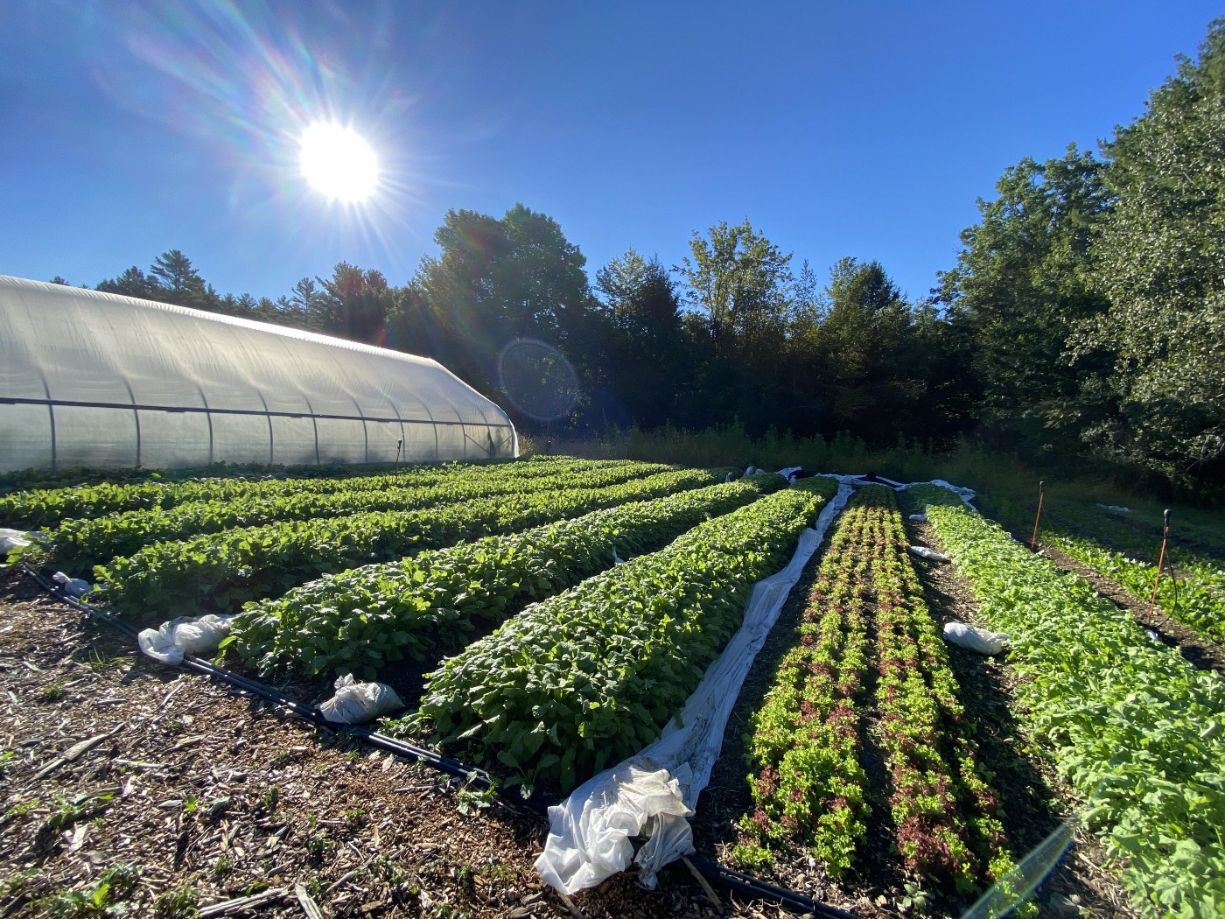
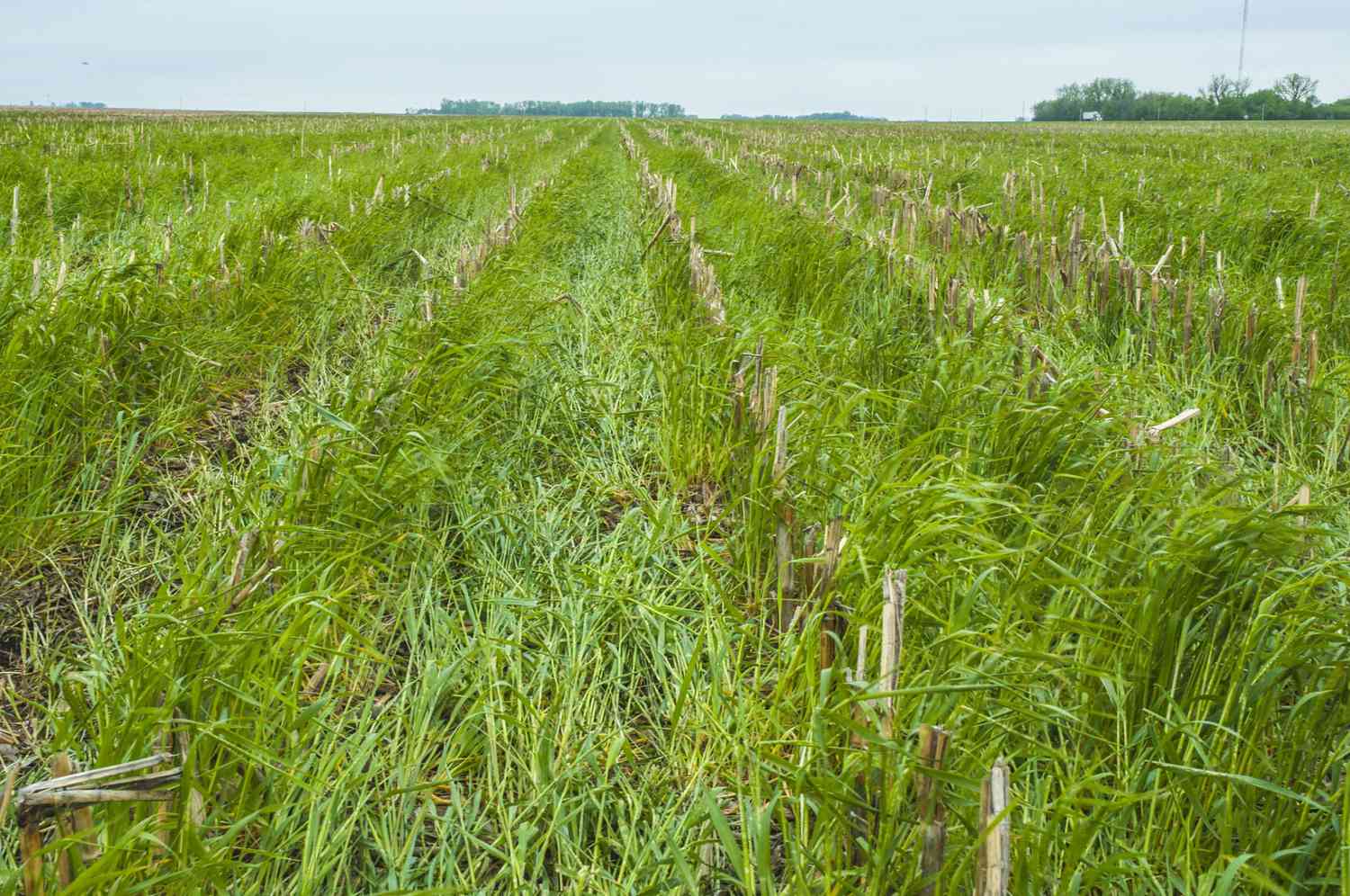
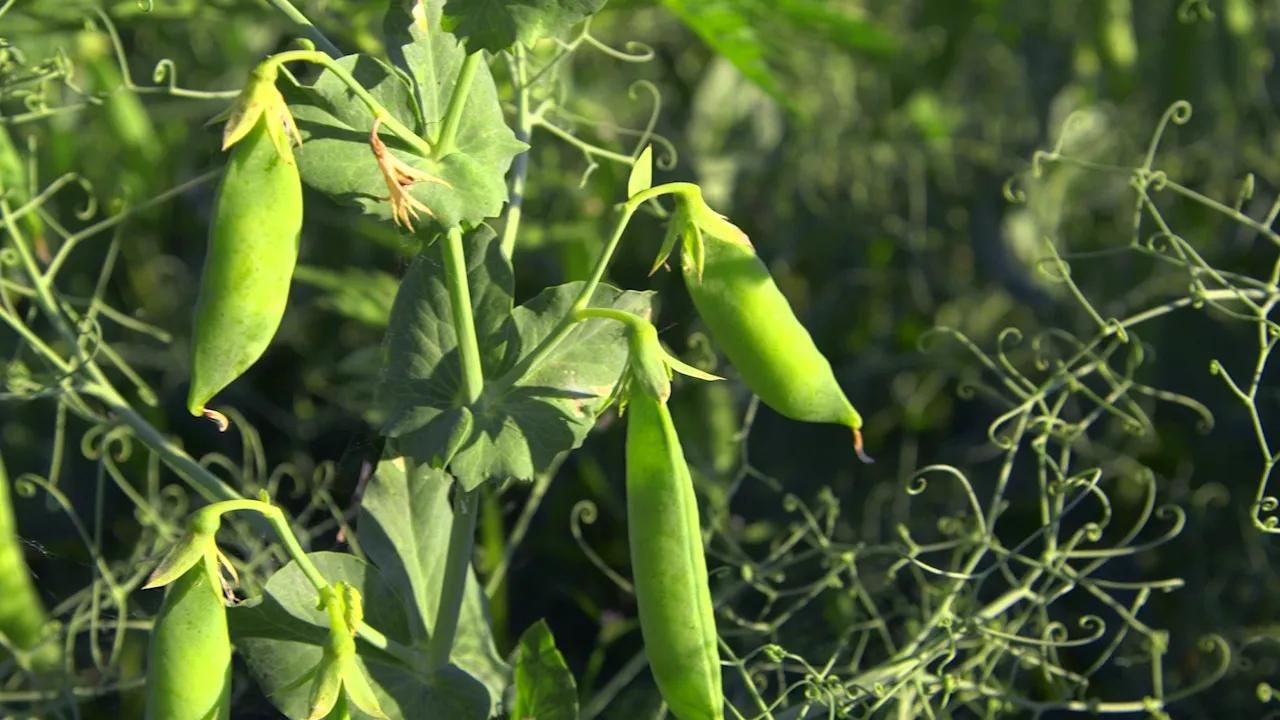

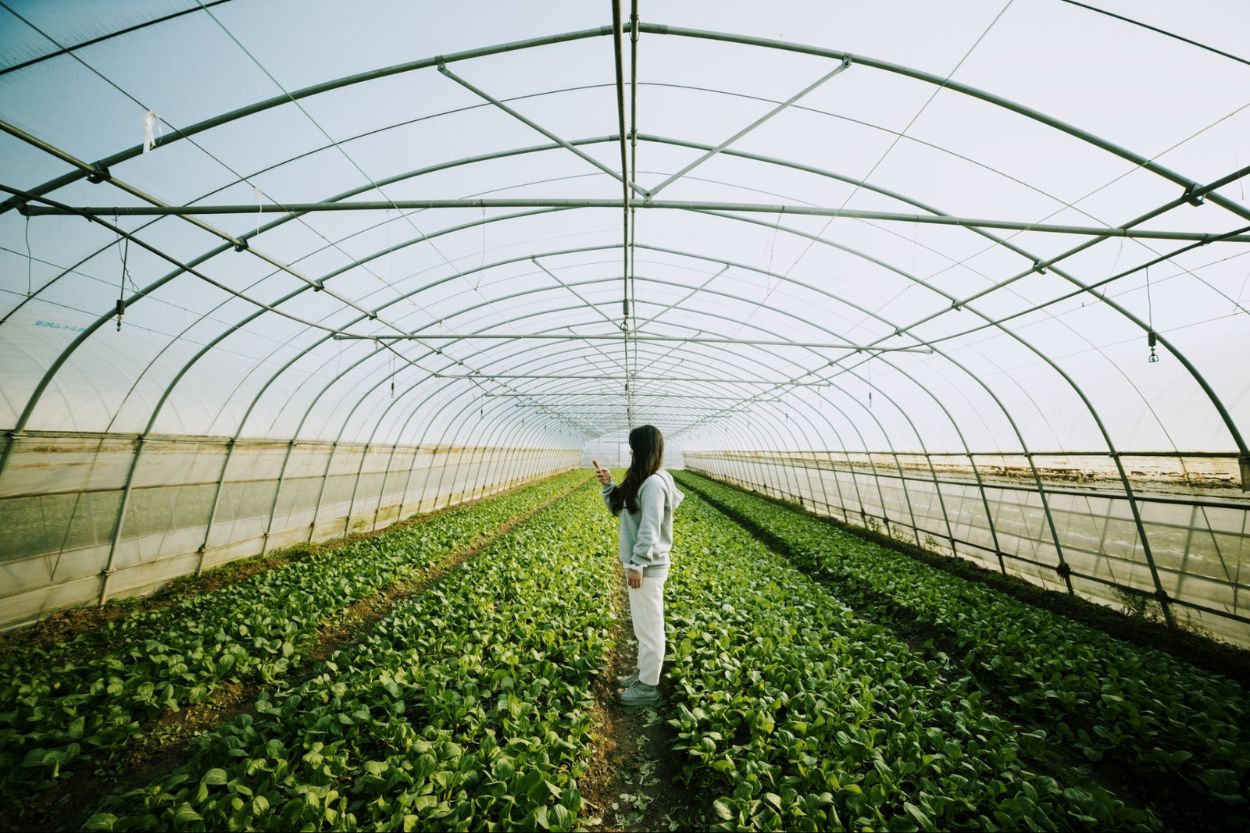


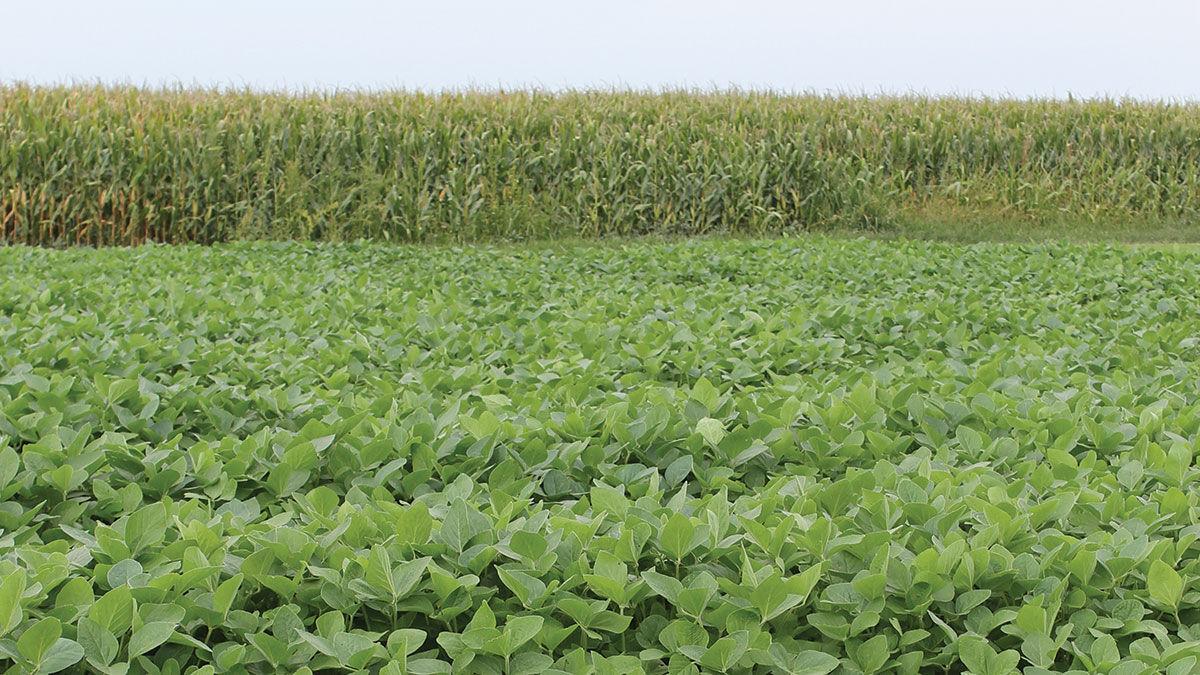


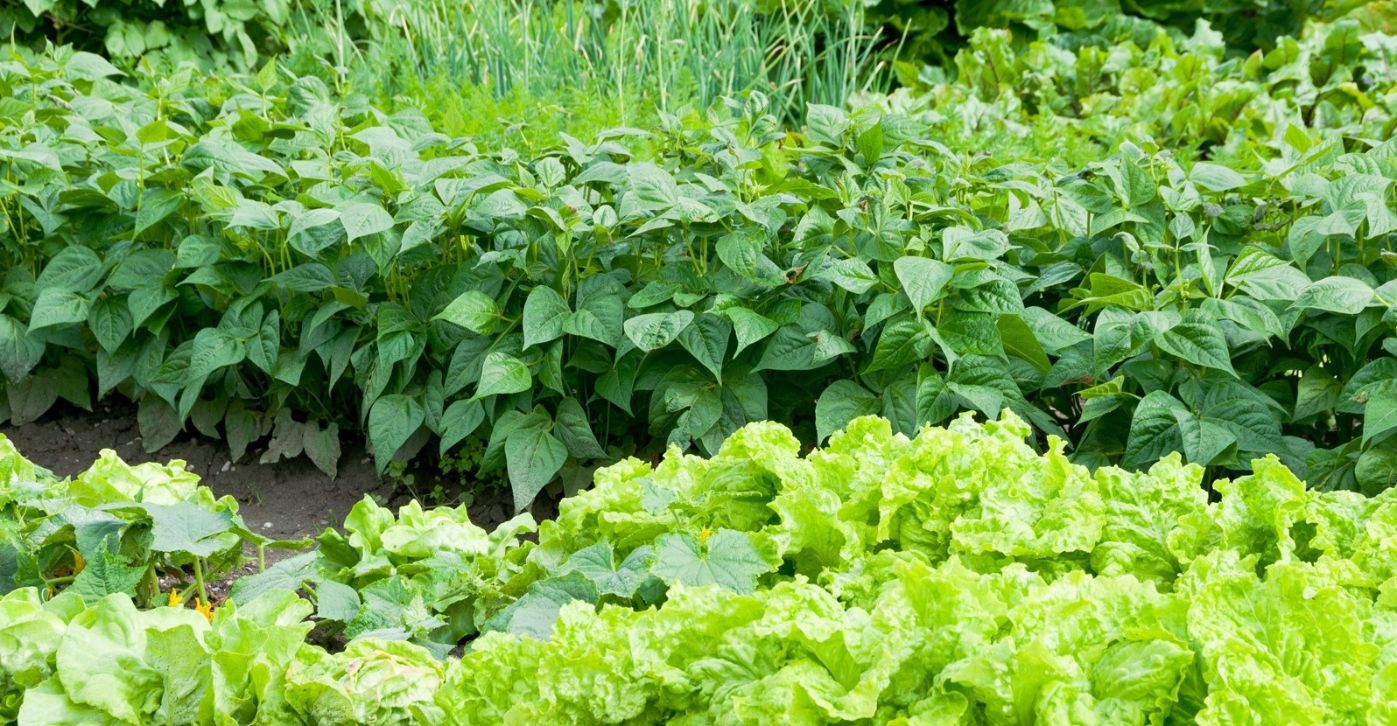

0 thoughts on “Why Was The Norfolk Four Crop Rotation System”